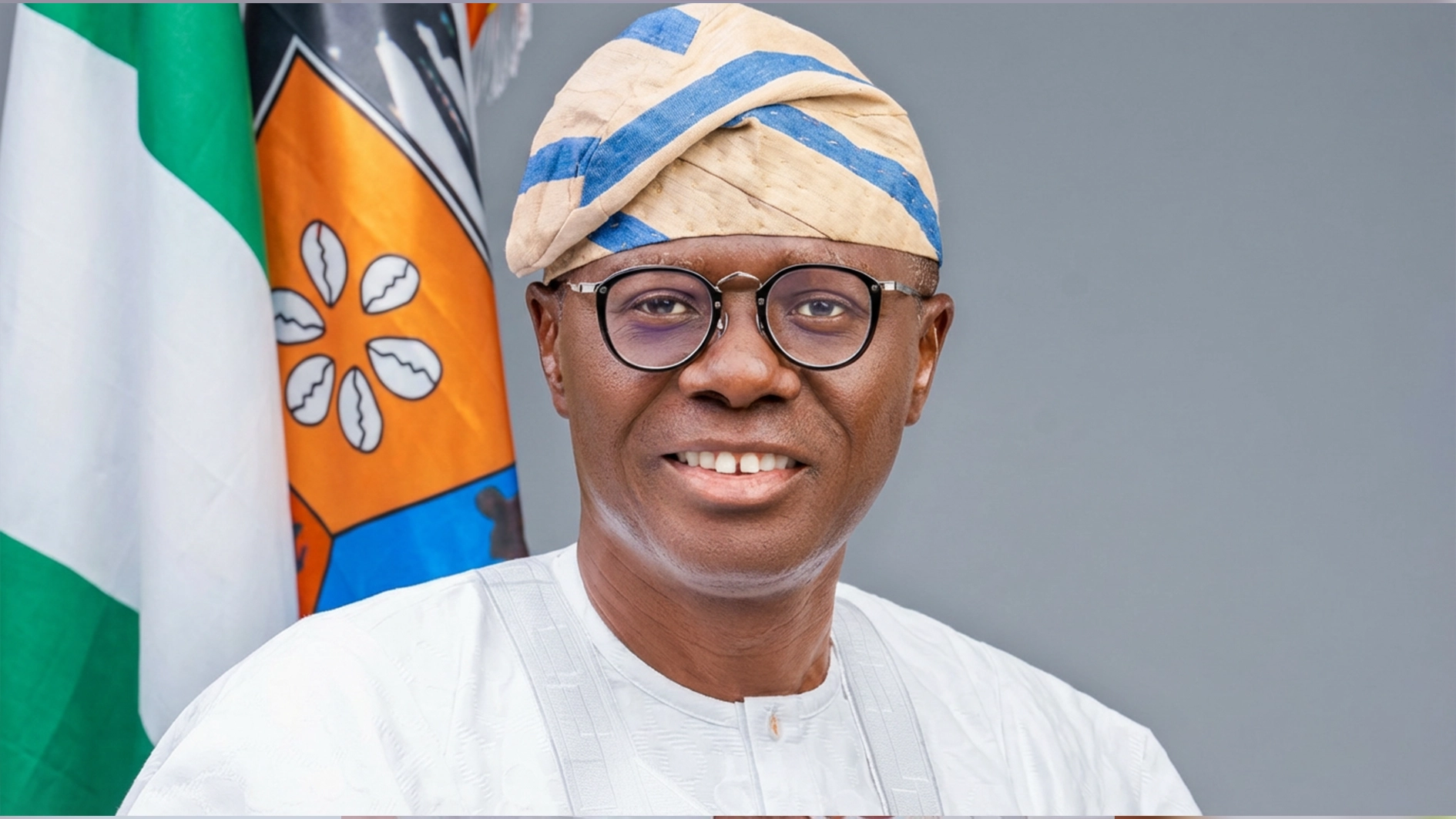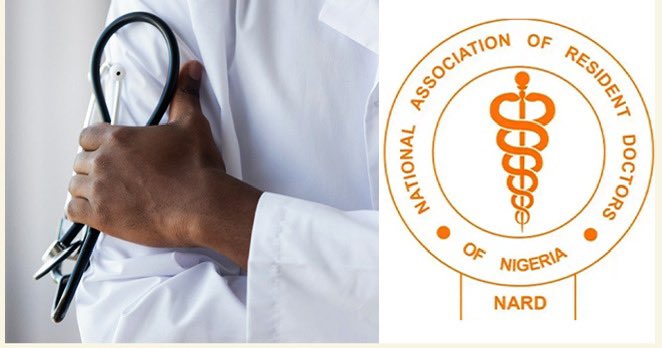The Ministerial Oversight Committee (MOC) on the Basic Health Care Provision Fund (BHCPF) has approved the disbursement of N65 Billion to health facilities across the country as part of efforts to ensure timely and efficient health financing, thereby strengthening primary health care delivery and advancing progress toward Universal Health Coverage in Nigeria.
A breakdown of the fund showed that the Committee approved an application of ₦32,880,443,906.00, drawn from the first quarter 2025 release, towards the implementation of BHCPF activities for both the first and second quarters of the year.
This represents ₦16,440,221,953.00 allocated per quarter, in accordance with the provisions of the 2020 BHCPF Guidelines, to ensure continuity and effective use of available resources.
In addition, the MOC approved the disbursement of ₦32,880,443,906.25 as the BHCPF Implementation Funds for the third quarter of 2025. This amount covers the cumulative allocations for April to June 2025 and is expected to be disbursed by the end of August 2025 or as soon as the appropriate authorities release the funds.
Meanwhile, the phased rollout of the Mini District Health Information System (Mini-DHIS) will begin in July 2025 to enhance real-time data visibility and decision-making at the PHC level.
The resolution, reached at the end of the committee’s meeting, ratified two critical disbursement approvals to ensure the seamless implementation of the Basic Health Care Provision Fund (BHCPF) in 2025.
This amount covers the cumulative allocations for April to June 2025 and is expected to be disbursed by the end of August 2025 or as soon as the appropriate authorities release the funds. It noted that these approvals reaffirm the MOC’s commitment to timely and efficient health financing to strengthen primary health care delivery and advance progress toward Universal Health Coverage in Nigeria.
A communique issued by the committee showed that the revised BHCPF Guidelines 2.0, which received provisional approval at the 10th MOC, have now been formally approved, while dissemination is scheduled to occur before the end of Q3 2025, offering an updated framework to strengthen implementation, coordination, and accountability.
During the meeting, stakeholders presented critical updates across BHCPF gateways and support structures, highlighting key achievements, innovations, and next steps to enhance the Fund’s impact nationwide.
The National Health Insurance Authority (NHIA) reported that over ₦74.8 billion has been disbursed since the Fund’s inception in 2019. As of Q2 2025, 2,649,221 beneficiaries have been enrolled under the BHCPF, with coverage across all 36 states and the FCT.
The NHIA revealed that it has scaled up total health insurance enrolment to 20,002,832 individuals, and the next steps include finalising the BHCPF implementation protocol, orienting stakeholders on the new guidelines, accrediting facilities, verifying enrollee data, and developing a citizen engagement framework.
In addition, the National Primary Health Care Development Agency (NPHCDA) noted that 752 Programme Financial Management Officers (PFMOs) have been deployed, covering 98% of LGAs. To date, 6,512 of 8,354 BHCPF-supported PHCs have been visited, reflecting 78% active oversight, while 301 PHCs were revitalised in the last quarter, bringing the total to 1,163 completed facilities as of June 2025.
The National Emergency Medical Treatment Committee (NEMTC) shared that 25 states now have established EMS structures, with 13 states and the FCT operational, and 12 additional states onboarded. To date, 2,890 beneficiaries have received emergency medical treatment under the EMS gateway, underscoring the growing reach of timely, life-saving care.
The Nigeria Centre for Disease Control (NCDC) emphasised continued integration of disease surveillance and health security functions within BHCPF-supported PHC platforms to strengthen early warning systems and outbreak response at the community level.
The SWAp Secretariat provided updates on harmonised sector-wide planning, joint sector reviews, and enhanced M&E frameworks that are supporting greater coordination and accountability across health actors.
The EU–SARAH Project, officially launched in December 2024, highlighted progress in accountability, community engagement, and use of digital tools for service delivery tracking. Implemented activities include training on adolescent- and youth-friendly services, strengthening public financial management, and preparation for the rollout of the Safer Birth Bundle of Care (SBBC). Additional efforts include training on CEmONC and BEmONC, as well as enhancing the implementation of Maternal Perinatal, Child Death Surveillance and Response (MPCDSR).
The Country Coordinating Mechanism (CCM) presented opportunities for synergy between Global Fund-supported programs and BHCPF priorities, particularly around integrated service delivery.
Earlier in an interview, the Chairperson, Health Commissioners Forum, Oyebanji Filani who disclosed this at the 11th meeting of the Ministerial Oversight Committee (MOC) said that over 8,000 facilities across the country in the last six months to enable them provide access to quality services, and also provide the commodities that are necessary to treat people.
Filani explained that the sum of N16 billion was disbursed to health facilities in the first quarter of the year while another N16 billion was disbursed in the subsequent quarter.
He said, “The goal is very simple; it is to ensure that about 8,000 facilities across the country are able to provide access to quality services, and provide the commodities that are necessary to treat people. If you move around Nigeria, you can see that the PHCs in Nigeria are renovation sites because a lot of resources have gone into renovating. Beyond that is that we are further equipping these facilities and bringing them to a level that ensures that we provide the services. A lot of training has happened to upskill health workers and ensure that they are able to respond to needs as of today.”
Filani noted that the funds would help ensure that commodities are also available in these facilities, allowing more people to access good-quality services and, in turn, become healthier and more productive in the economy.
Also speaking, Minister of Health and Social Welfare, Prof Ali Pate said that the arrangement under the Nigeria Health Sector Renewal Investment Initiative (NHSRII) is working because of the strong collaboration with all the 36 state governors who have keyed in to this, aligning with the political support of the president, LGAs, development partners, and all actors in the sector to interrogate the issues and work together to solve problems transparently.
He observed that no single level of government will be enough to address the critical issues of basic healthcare for all Nigerians, adding that by working together, the country is beginning to make progress.
Pate noted that at least 37 million Nigerians access healthcare services at health facilities supported through the Basic Health Care Provisions Fund.
The Federal Ministry of Health and Social Welfare convened the 11th Expanded Ministerial Oversight Committee (MOC) meeting chaired by the Coordinating Minister of Health and Social Welfare, Professor Muhammad Ali Pate, to review the progress of Basic Health Care Provision Fund (BHCPF) implementation, strengthen its strategic direction, and advance ongoing reforms under the Sector-Wide Approach (SWAp).






